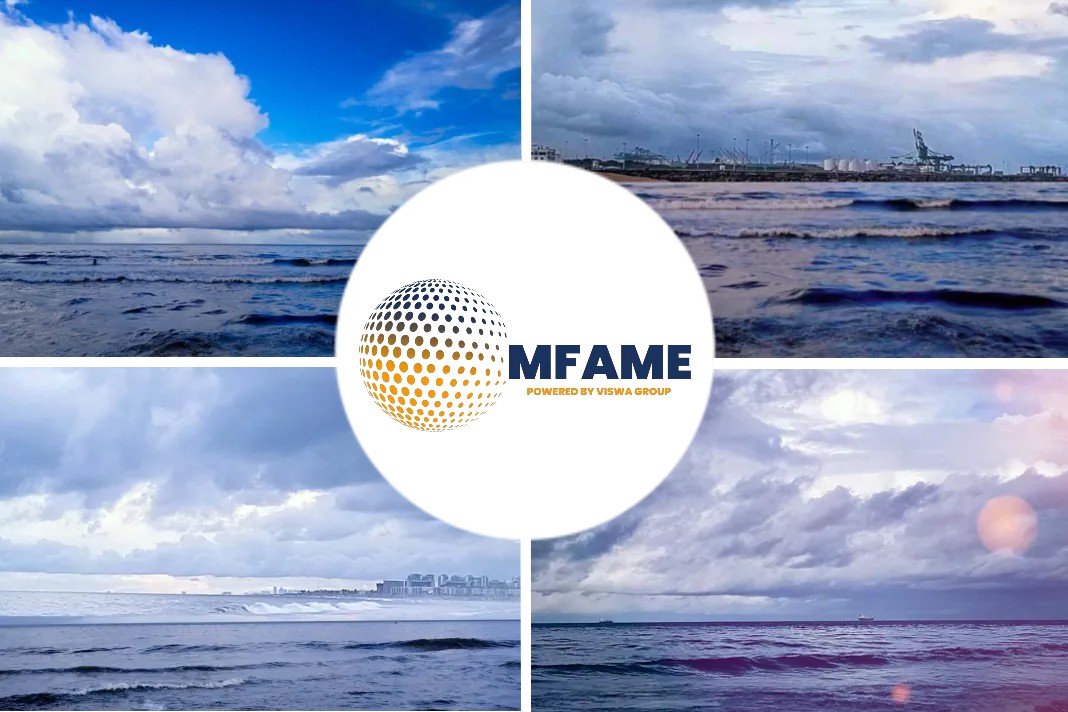- FortisBC has signed a two-year contract to ship 53,000 tonnes per year of supercooled gas by the summer of 2021 to Chinese LNG distributor Top Speed Energy Corp.
- The project capacity is from about 35,000 to 250,000 tonnes per year, allowing a facility that had been used mainly for natural gas storage to become a commercial LNG production plant.
- LNG fuel demand is expected to rise next January when the International Maritime Organization begins to enforce new emissions standards designed to curb pollution produced by ships burning high-sulfur heavy oil.
- The contract is simpler than the $40-billion Shell Canada Project, which was approved last fall and is expected to produce about 14 million tonnes per year after it opens in 2023 or 2024.
FortisBC expands to its liquefaction facility on the Fraser River near Vancouver after landing its first term contract to send Canadian LNG to China, reports BNN Bloomberg.
Tilbury LNG plant
The utility company has operated its Tilbury LNG plant since 1971. It has signed a two-year contract to ship 53,000 tonnes per year of supercooled gas by the summer of 2021 to Chinese LNG distributor Top Speed Energy Corp.
Completion of $400-million expansion project
Doug Stout, vice-president of market development and external relations, said that FortisBC has recently completed $400-million expansion project.
The project capacity is from about 35,000 to 250,000 tonnes per year, allowing a facility that had been used mainly for natural gas storage to become a commercial LNG production plant.
He added that the plant allows to serve the local marine and transportation markets as well as the smaller-scale export opportunities.
He further said that they are looking at further expansions both for this type of market and for the marine and truck transportation markets.
Capacity of 3 to 4 million tonnes per year
Doug says the company is considering an expansion of similar size in the next couple of years, adding there’s room on site to eventually reach capacity of three to four million tonnes per year.
LNG fuel demand is expected to rise next January when the International Maritime Organization begins to enforce new emissions standards designed to curb pollution produced by ships burning high-sulfur heavy oil.
Natural gas – growing component in the global LNG sector
Alex Munton, Houston-based principal analyst, Americas LNG, for Wood MacKenzie, said that small-scale shipments of liquefied natural gas are a growing component in the global LNG sector, especially when the customers are small or unconnected to a pipeline grid.
There’s a market for this LNG in the Caribbean, with ISO containers being shipped down to small island markets like Barbados. It is a means of serving a particular market.
FortisBC shipments to China
The FortisBC shipments to China are to be delivered in 60 specialized shipping containers per week.
The volumes, sufficient to heat about 30,000 average British Columbia households per year, will go to smaller commercial and industrial customers in China who don’t have access to natural gas, potentially displacing coal or fuel oil, said Stout.
A $40-billion project
The contract is modest compared to what’s planned for the Shell Canada-led LNG Canada facility at Kitimat, B.C., a $40-billion project approved last fall that is expected to produce about 14 million tonnes per year after it opens in 2023 or 2024.
Stout’s company estimates it would cost $3 billion to $4 billion to build up to three to four million tonnes per year, adding that doesn’t include providing for the required increase in electricity to operate the plant, nor the additional natural gas supply and delivery.
FortisBC says it has been selling small shipments of LNG in China on a spot basis since 2017.
It is owned by St. John’s, N.L.-based Fortis Inc.
Did you subscribe to our daily newsletter?
It’s Free! Click here to Subscribe!
Source: BNN Bloomberg

















